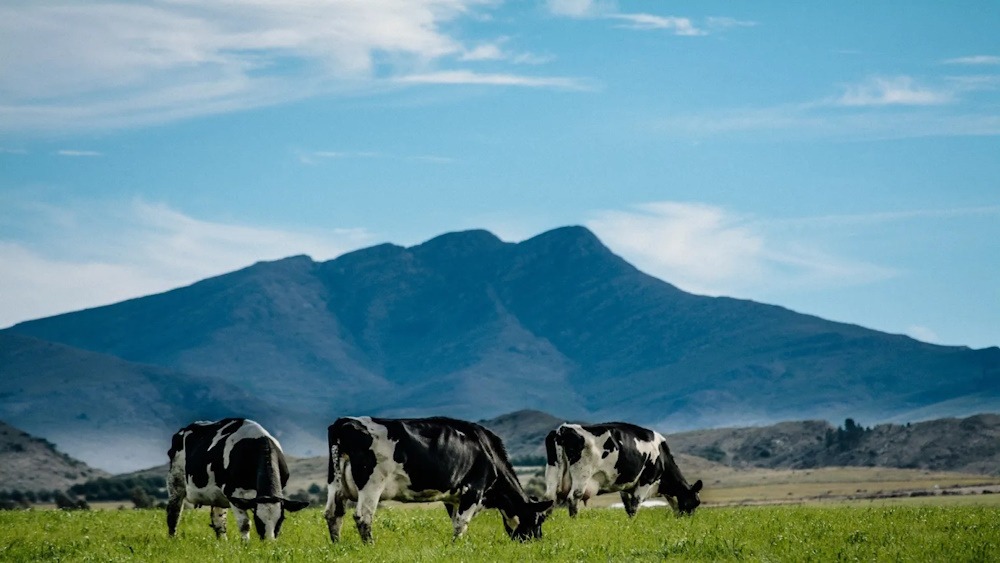A study conducted by the Rosario Stock Exchange (BCR) projected that the reduction in withholdings announced by President Javier Milei last week, along with the elimination of the exchange rate gap since April, will lead to an increase in production in the Argentine countryside by approximately 13 million tons. In a decade, this would result in an incremental contribution of US$28.8 billion to the economy.
The analysis presented in this report utilizes the “Agmemod Model” (for Agricultural Member State Modelling), which is tailored for the agri-food markets of the European Union and has been adapted to reflect the “productive, economic and institutional characteristics” of Argentina. The measurements were derived from the decrease in withholdings declared by the President during the inauguration of Expo Rural 2025. He indicated that the rates for corn, sorghum, wheat, and barley will hold steady at 9.5%, whereas the withholding rate for sunflowers will adjust from 7% and 5% to 5.5% and 4%. In the interim, the rates for soybeans are set to decline from 33% and 31% for beans and by-products, respectively, to 26% and 24.5%.
Alongside this measure, the Rosario Stock Exchange emphasizes that it coincides with “a change in the country’s macroeconomic context that took place in April of this year when the partial liberalization of access to the Free Exchange Market was announced, which operated in practice as a currency unification, reducing the gap between the ‘official dollar’ and the ‘financial dollars’ to practically zero.” Consequently, the model forecasts that by 2035, agricultural production will rise by 8% relative to the prior scenario, influenced by elevated withholdings and a disparity in the exchange rate. “The reduction in rates and the virtual elimination of the exchange rate gap has resulted in a proportion of ‘dollar cash’ received by producers on the FOB price without soybean withholdings that is now at levels approaching the highest since 2012, comparable to the 2016-2018 period. “For other products, it is still below the period when rates were 0%, but close to 100%,” the analysis highlights.
In examining the macroeconomic landscape of the country, it is noted that when “there is a gap, although the producer receives fewer ‘dollar bills’ for their sales, they also pay fewer ‘dollar bills’ for their costs, so the impact of the gap is seen in the dollar exchange rate at which the producer can ‘dollarize’ their profitability once all production costs have been deducted.” In this context, the analysis emphasizes that “both the elimination of the gap and the reduction of withholding rates directly impact producers’ decisions, incentivizing them to hire more labor, allocate more surface area and/or use better technology.” Consequently, it is expected that by 2035, grain production will attain 172.3 million tons, yielding a production value of US$50.1 billion, according to the prices forecasted by the model.
Considering the anticipated fluctuations, this suggests that the value of agricultural production is projected to rise by US$28.8 billion from 2025 to 2035. “This injection of added value will result in an increase in the level of activity that exceeds primary production per se and involves, among other things, more freight, sales of inputs, financial and intermediation services, services related to storage and packaging, greater activity for rural contractors, for the agro-industrial complex and for service providers associated with exports, among others,” the study concludes.

